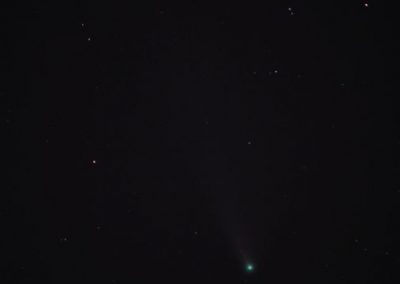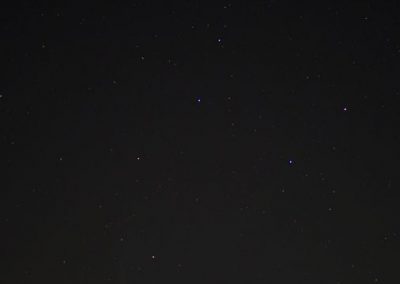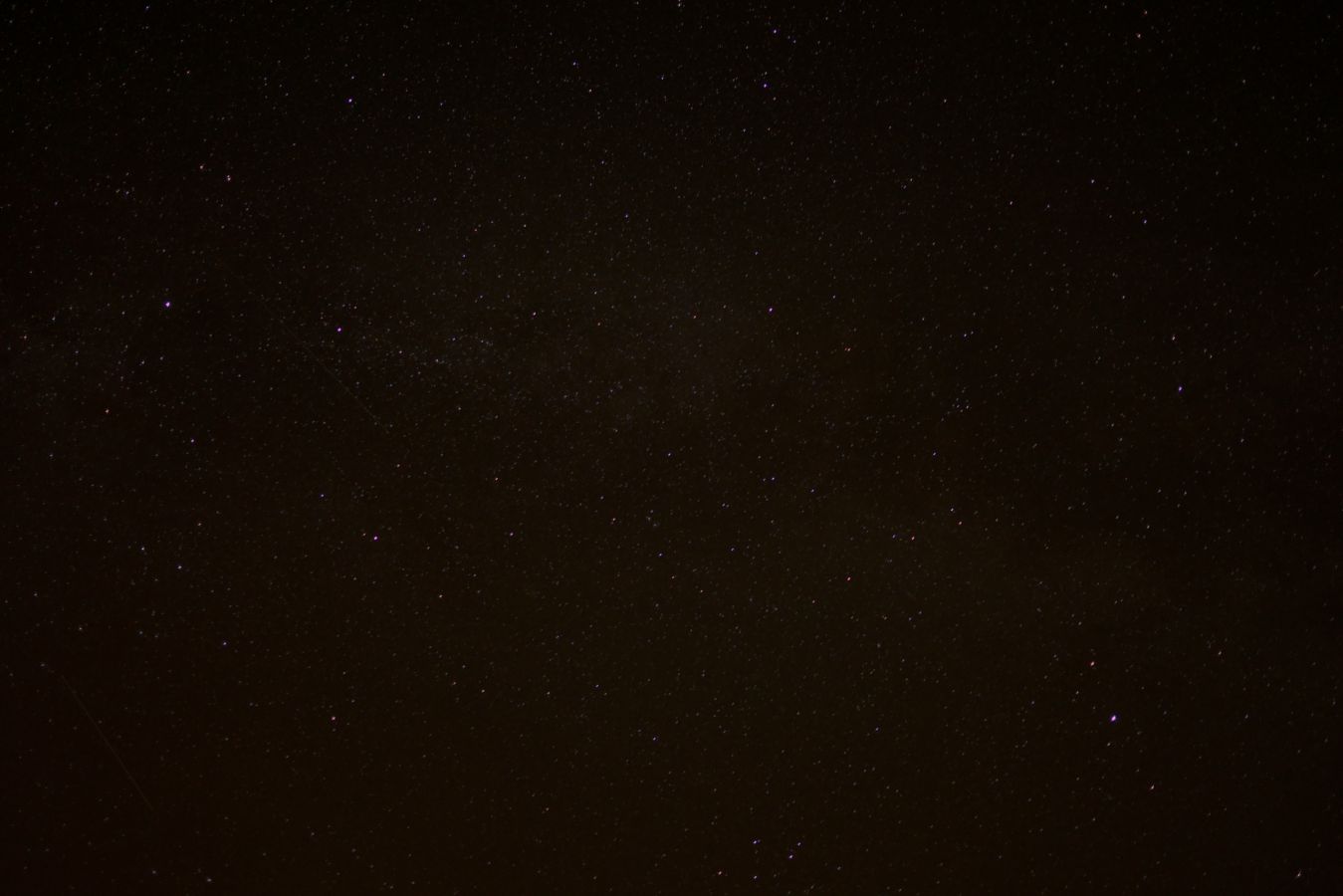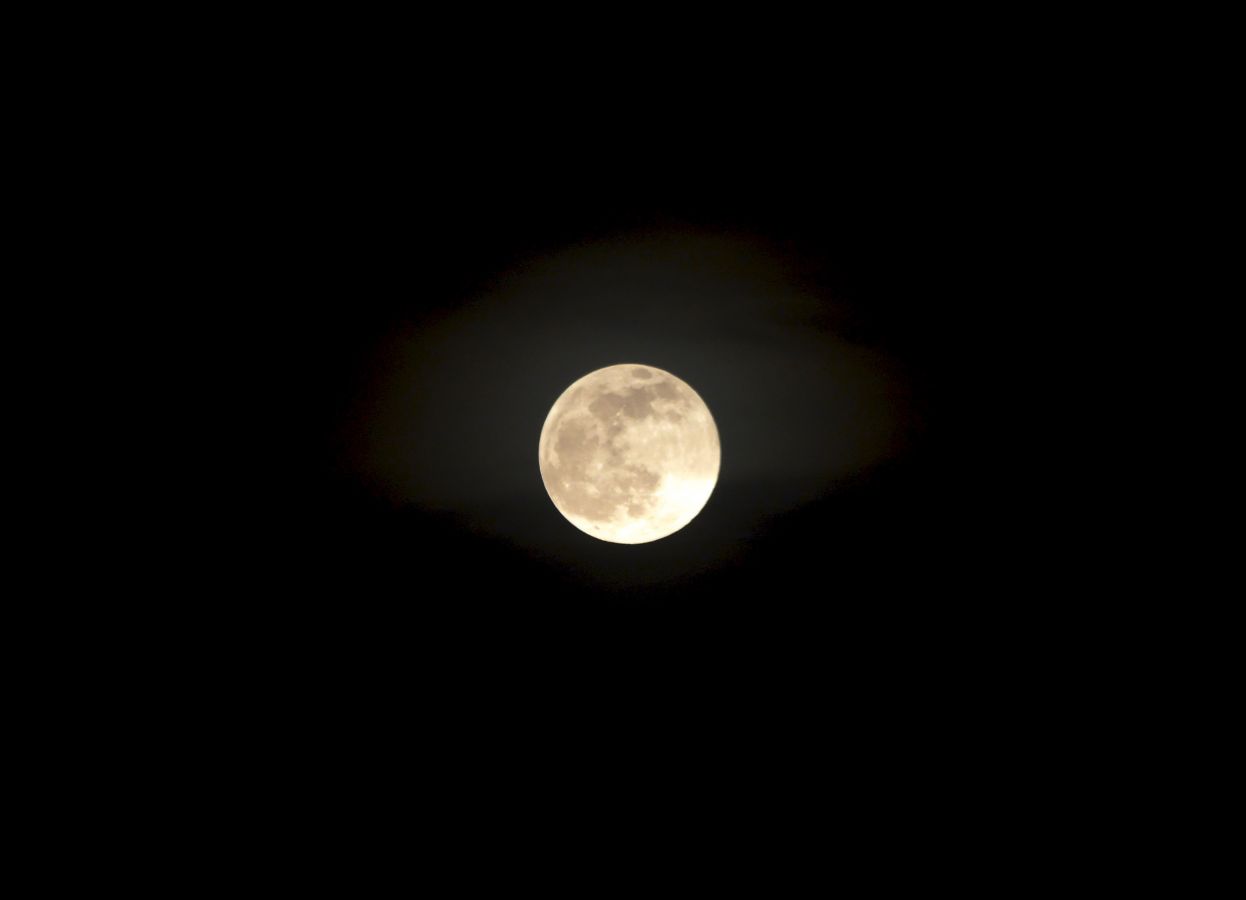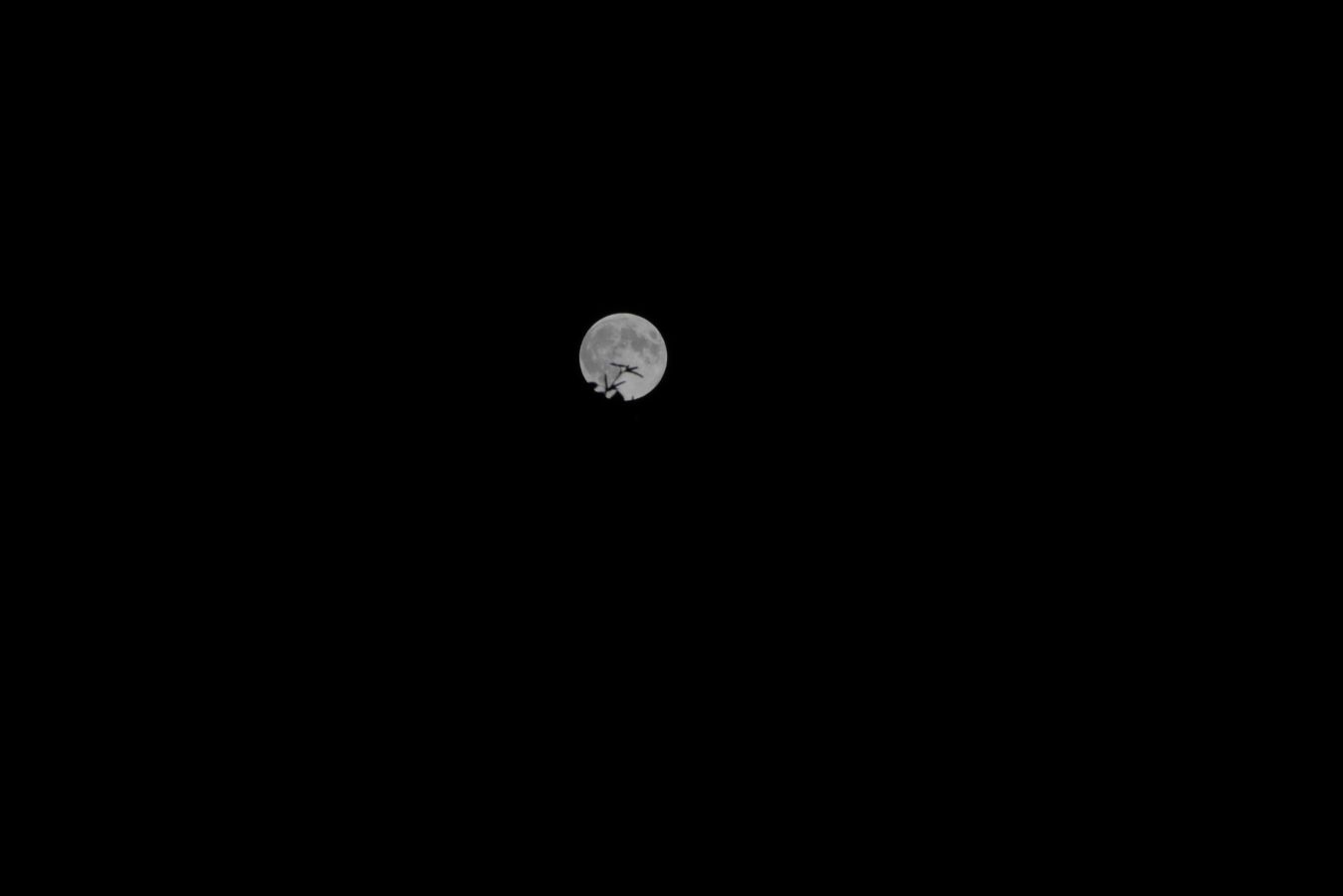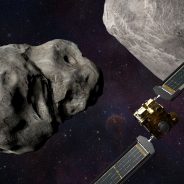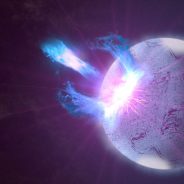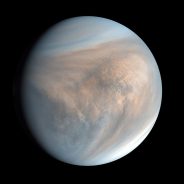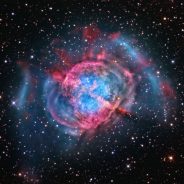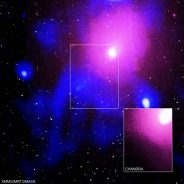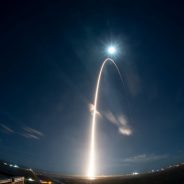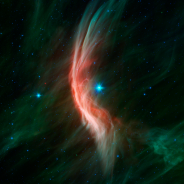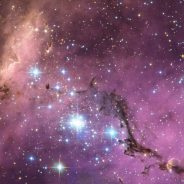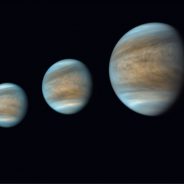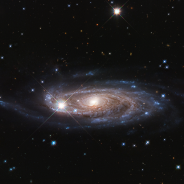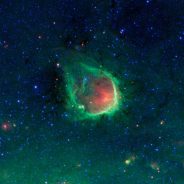I have a deep love for astronomy but I also love photography. I try and take astrophotography photos but I mostly take photos of landscapes and objects. There are two sets of photos on this page:
- My personal photography
- Photos I’ve used in all my posts (some are awesome as desktop wallpapers!
How will NASA’s DART Mission Save Earth from an Asteroid Impact?
Watch DART launch live here: November 24th, 2021 1:20 AM EST (5:20 UTC) Planetary defense has been neglected for a while but finally, there is an awesome NASA mission called DART or Double Asteroid Redirection Test. The main purpose is to practice deflecting asteroids and the way we’re deflecting asteroids is by changing their orbit. DART is unique in a lot of ways and it’s the first major planetary defense mission. It will fly to the asteroid Didymos first, which was discovered in the 90s and identified as a safe target. Then...
read moreRussia Shoots Anti-Satellite Missle Test (ASAT) Endangering Astronauts Onboard ISS
On Monday, November 15th, Russia launched an anti-satellite missile test which created enough debris to endanger the astronauts onboard the International Space Station (ISS). There are two Russian astronauts or cosmonauts onboard the ISS as well. As a result of the debris, all the astronauts took refuge on board a spacecraft from 2 AM EST to 4 AM EST. The ISS orbited around the Earth twice (once every 90 minutes) which also went through or near the plume. Luckily no damage to the ISS or the astronauts. They were given the go-ahead to return...
read moreWhat is a Starquake?
Scientists have seen all sorts of monsters in the universe and starquakes are phenomena worth mentioning. What is a starquake? Well, from what we know so far, a starquake happens on magnetars which is a type of neutron star that has the strongest magnetic fields in the universe. Magnetars also are the densest stars in the universe with the strongest crust. It may be weird to think of a star with a “crust” because they’re essentially giant balls of gas and plasma. However, that’s just how dense they are. These things...
read moreIs SpaceX Worth all the Hype?
SpaceX is arguably one of the most famous aerospace companies today. Led by billionaire Tony Stark Elon Musk who taught himself rocket science and is the founder and Chief Engineering Officer at SpaceX. They’re flipping the script and inspiring a new generation of scientists and engineers. SpaceX is a relatively young company and was one of the first companies to receive funding from NASA’s new private-sector program. However, the reason why everyone is excited goes much deeper and this is really history in the making. Let’s...
read moreNASA Selects Two Historic Missions to Venus
We’re going to Venus! NASA has confirmed two amazing missions to go visit our evil twin planet, Venus. As a reminder Venus has temperatures of 900 F (melting lead), 93 bars of crushing pressure, corroding clouds of carbon dioxide laced with sulphuric acid! The missions destined to take this planet on are called DAVINCI+ (Deep Atmosphere Venus Investigation Noble gases, Chemistry, and Imaging) and VERITAS (Venus Emissivity, Radio Science, InSAR, Topography, and Spectroscopy). This is very exciting because of the scarcity of missions that...
read more10 Amazing Astronomy Discoveries in 2020
2020 has been a crazy ride for many reasons but that didn’t slow down our progress in major discoveries. Grab a cup of coffee or tea and check out 10 amazing astronomy discoveries in 2020 (in no particular order). For those who just want the list here you go! Biggest cosmic explosion ever detected and left a huge dent in spaceAstronomers Discover the Universe Expansion May not be UniformScientists Discover that a Class of Stellar Explosions Produce Lithium in the UniverseScientists Discover a New Type of Matter Inside a Neutron StarNew...
read moreEverything you need to know about NASA’s Mars 2020 Mission
If there’s one planet that will define the next milestone in human civilization, it’s Mars. You probably have heard from the likes of Elon Musk to NASA to even China on getting humans to Mars. Thus far, we’ve seen the amazing world of Mars through the eyes of our rovers. and orbiters. Now, NASA is launching their latest mission called Mars 2020 on July 30th. This is not any ordinary mission either. It has a ton of firsts and will even answer questions like “was there life on Mars in the past?” It will also be the...
read moreAstronomers Discover the Biggest Explosion Seen in the Universe in Ophiuchus Galaxy Cluster
Scientists discover the biggest explosion ever seen in the universe! The blast came from a supermassive black hole located in the Ophiuchus galaxy cluster. Not only that but the explosion was five times more explosive than the previous record holder! It was so powerful that it punched a cavity in the cluster plasma1. Credit: X-ray: NASA/CXC/Naval Research Lab/Giacintucci, S.; XMM:ESA/XMM; Radio: NCRA/TIFR/GMRTN; Infrared: 2MASS/UMass/IPAC-Caltech/NASA/NSF The lead author of the study Dr. Simona Giacintucci, from the Naval Research Laboratory...
read moreESA Solar Orbiter Mission Successfully Launches to Study the Sun
European Space Agency (ESA) new Solar Orbiter mission launched successfully from Cape Canaveral at 04:03 GMT (05:03 CET) on 10 February 2020. This mission is exciting and will be off to go study the Sun up-close and personal. The Solar Orbiter mission is led with a strong partnership with NASA and studies the Sun’s poles which have never been seen before! The Solar Orbiter was launched atop a United Launch Alliance (ULA) Atlas V rocket which also launched other famous missions like NASA’s Mars orbiter MAVEN. It even has an almost...
read moreStunning View of the Famous (M27) Dumbbell Nebula
Located 1,227 light-years from Earth is a beautiful planetary nebula called the Dumbbell Nebula. This nebula was actually the first planetary nebula discovered by Charles Messier in 1764. He is famous for publishing an astronomical catalogue that contained 110 nebulae and faint star clusters, which were known as Messier objects. Dumbbell Nebula Credit: Steve Mazlin The first thing you notice is the gorgeous red which represents hydrogen and blue that represents oxygen gasses. This is also a great example of what the future of our Sun may look...
read moreZeta Oph the Runaway Star that Left a Gorgeous Bow Shock
Located 366 light-years away in the constellation of Ophiuchus is a runaway star called Zeta Ophiuchi (ζ Ophiuchi) or Zeta Oph. It’s a runaway star because it was flung out of a star system as a result of a supernova. This enormous star is about 20 times the mass of our own Sun! Not only that but our Sun’s radius is about 696,340 km and Zeta Oph is 8 times that. This star is huge but is rotating extremely fast. It’s rotating about 400 km/s where it can rotate this gargantuan mass once per Earth day! To give you some...
read moreCarnival of Space 648: Awesome Space Stories of the Week
Hi space fans! Welcome to another edition of Carnival of Space! This is the 648th edition in this great community post. It’s where a group of space bloggers will help curate the best space stories around the web and create a post. I will be your host today and got some great stories from our fellow space bloggers. Let’s jump into it! Betelgeuse is Continuing to Dim! It’s Down to 1.506 Magnitude – Universe Today Betelgeuse Our first story comes from Universe Today with a story around the star called Betelgeuse. This star is...
read more5 Things Astronomers Learned About Venus that Surprised Them
It’s been a great start to 2020 as astronomers have already discovered something new about Venus. However, there is so much happening with Venus that it would be sad not to tell the world about it. Let’s jump into 5 things astronomers recently learned about Venus that really surprised them. Upper Clouds on Venus Are Vastly Different Than Originally Thought “Akatsuki’s LIR camera spotted an enormous stationary wave running completely across the globe from north to south on Venus. The camera sees heat emanating from Venus’...
read moreRubin’s Galaxy (UGC 2885) Largest Galaxy in Local Universe?
Located about 232 million light-years in the northern constellation Perseus is UGC 2885 or nicknamed “Rubin’s Galaxy.” This galaxy is 2.5 times wider than our own Milky Way! It also contains 10 times as many stars which results in as much 4 trillion stars! Now you really get a sense of why astronomers are referring to it as the largest galaxy known to date. Credits: NASA, ESA and B. Holwerda (University of Louisville) Rubins galaxy is enormous and really quite relaxed for a giant. The number of stars it produces is half the...
read more10 Amazing Discoveries that Changed Astronomy in the Last Decade
Astronomy has seen so much progress and change in the last decade. From SpaceX and reusable rockets to landing on comets and discovering oceans on moons. The last ten years gave us great science. However, the start of 2010 didn’t look so promising. It started off in February of 2010 with Obama cancelling the Constellation program or the mission to get back to the Moon by 2020, due to budget constraints. Nonetheless, it was a tough start and a year later the space shuttle retired signifying that NASA needed a new spacecraft to take them...
read more
